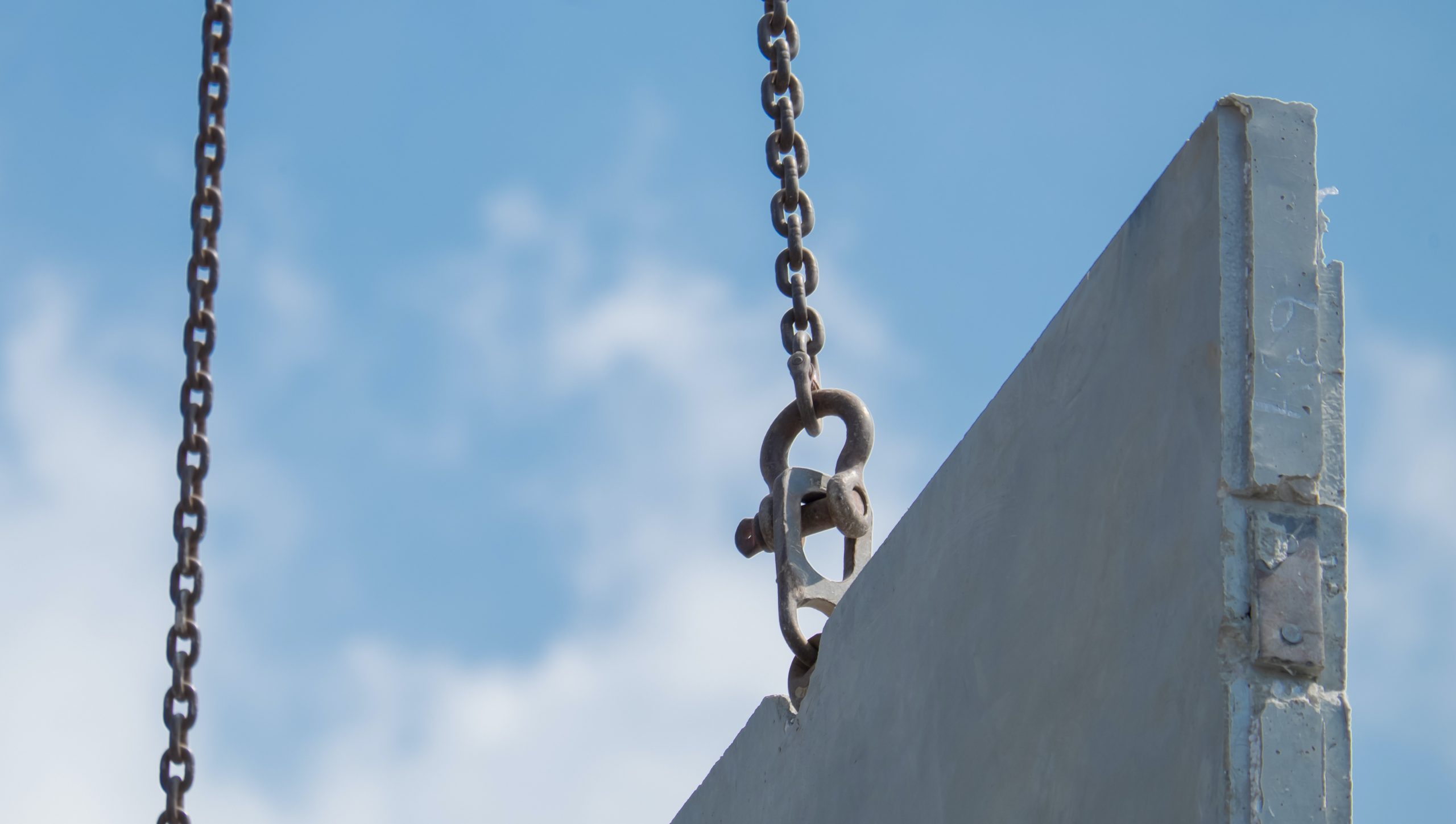Precast concrete projects are literally built to last, especially when manufactured by experienced companies. However, there can be challenges associated with precast concrete projects to be aware of. Below are a few potential challenges with precast concrete projects, and how to overcome them.
Improper Sealing of Joints
With time, joints are likely to dislodge, weakening a precast concrete structure. This is a likely problem in cases where joint sealants are inappropriately applied, perhaps because someone did not follow sealant application instructions correctly. Joints may also weaken if they were not correctly cleaned or prepared before the sealant was applied.
Fortunately, such problems can be prevented easily. The key is to make sure the joint sealant instructions are followed to the letter like making sure the joints are clean and do not have debris on them. They should also be checked to make sure they have formed accurately to fit perfectly. To be sure, a dry fit is done to confirm the alignment is right before applying the joint sealant. If these preps and tests are done correctly, there shouldn’t be any joint sealant problems.
Shipping Challenges
Since precast concrete products are extremely heavy and large, they can be a challenge to transport. The shipping process must be carefully coordinated between the precast concrete factory and the on-site contact to at least minimize these challenges.
Fortunately, there is specialized trucking for transporting large products. Depending on the width, height, and weight of structures, specific transport arrangements must be made to ensure the products arrive at their destination intact. A permit to transport certain size or weight structures may be required. Others might require a permit and an escort or two.
For tall precast concrete structures, such as those over 13 feet, route inspection is critical, and bucket lifts may be necessary to help avoid power lines. The transportation route should always be properly surveyed and approved ahead of time.
Transporting precast concrete structures may present a logistical challenge, but if you are working with a reputable manufacturer, this seemingly logistical nightmare could be a breeze. And should the structure be extra heavy, too wide, or too tall, precast designers can split them into several sections to lessen the weight or reduce their size to allow seamless transportation.
Rigging and Offloading Challenges
Once precast products arrive at the site of installation, offloading and correctly rigging the structures is the next challenge. For this, large equipment and cranes are required to pick and move the various components. To do this perfectly, the capacity of the crane, lifting, and rigging equipment is critical. It is vital for the correct rigging to secure the structure before lifting, with a full understanding of lifting capacity.
This is crucial to avoid dangerous failures caused by incorrect excavation shoring. They should be properly engineered and inspected to make sure this does not happen. Where there are overhead obstructions or issues with the shoring, get a crane company involved and also inspect the site before installation begins.
Certified engineers are required to develop rigging plans. Knowing how to rig a precast concrete structure correctly using the appropriate rigging devices and understanding the equipment’s lifting capabilities, is a prerequisite for safer, efficient offloading and setting.
Subgrade Preparation
Incorrect subgrade preparation is another challenge encountered in precast concrete projects. Proper subgrade preparation is critical in a precast concrete installation. A weak subgrade is likely to settle incorrectly, shifting the precast concrete structure and causing it to sink or crack. For instance, let’s say you have electrical cables running through a precast concrete structure manufactured using a weak subgrade, any underground shift is likely to cause cables to break, which, of course, will result in serious problems. To make sure this does not happen, the subgrade must be properly prepared so the structure can stand the test of time and the elements.
To prepare the subgrade correctly, the ground should first be correctly excavated. Also, all unwanted materials and debris should be removed to create a firm subgrade that will not shift under any underground disturbance and cause cracks in the concrete. To backfill the subgrade, the appropriate backfill material should be used, evenly distributed, and properly compacted.
For precast concrete products that will withstand the elements and stand the test of time, contact the TKL Group. Besides being a leader in the industry, since 1977, TKL Group has designed, manufactured, and installed custom precast concrete for projects in the US and Canada.

